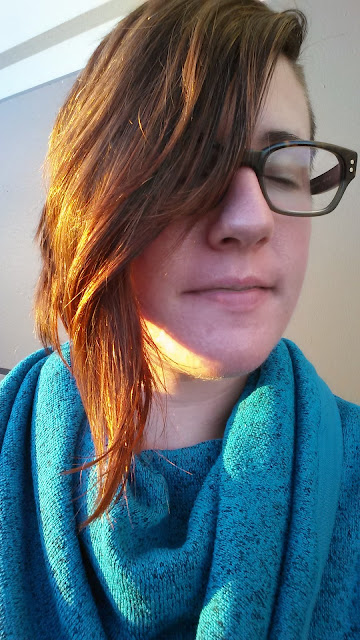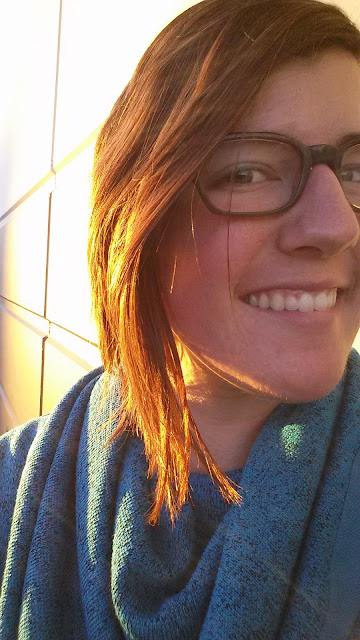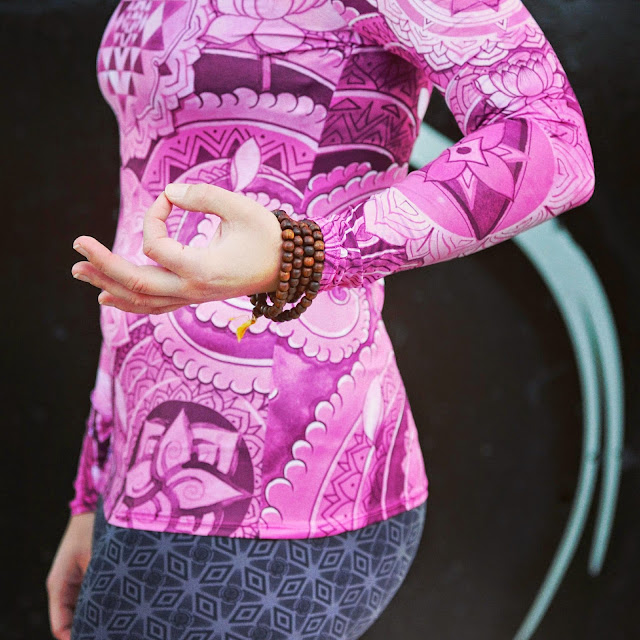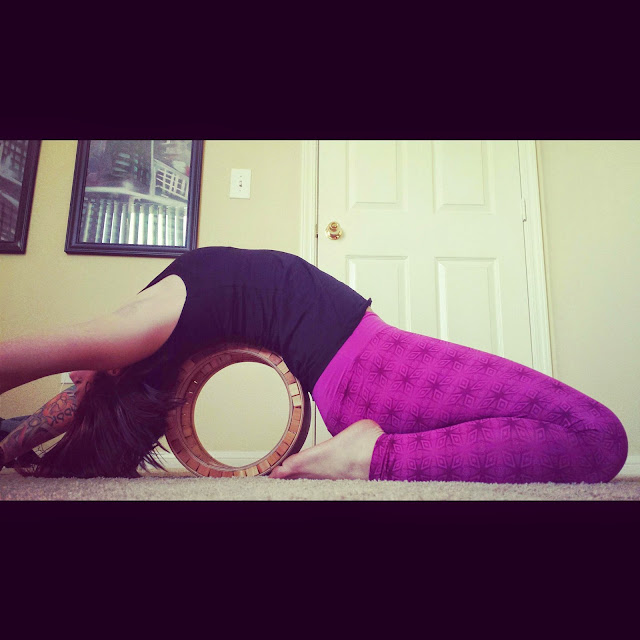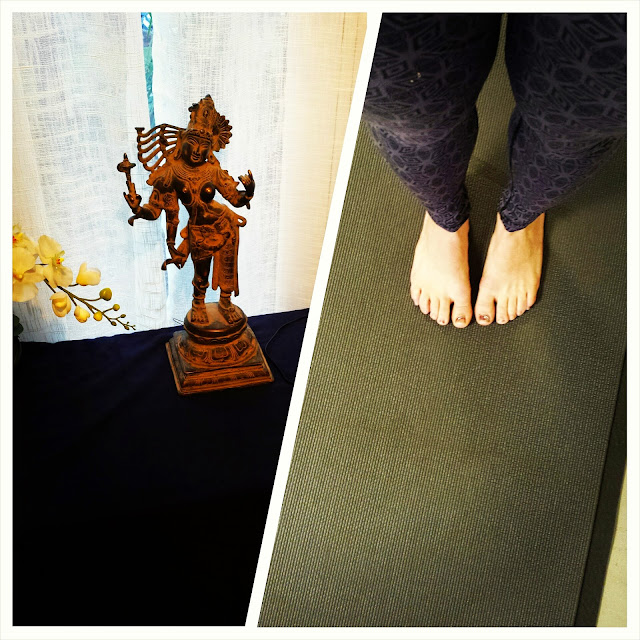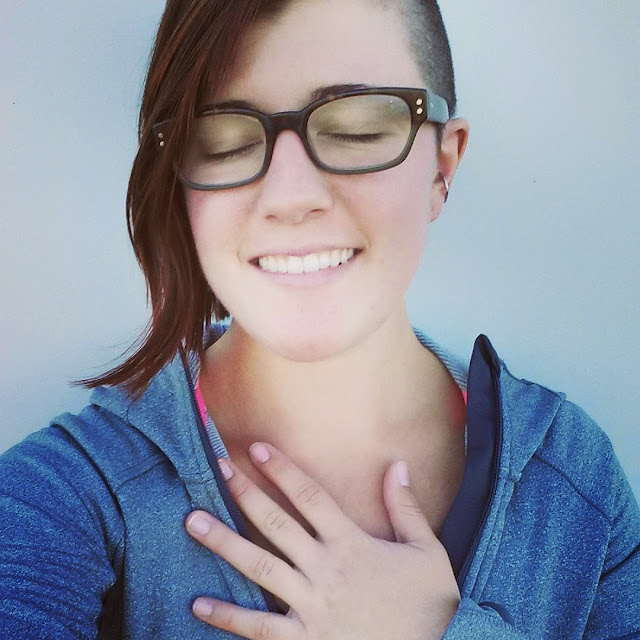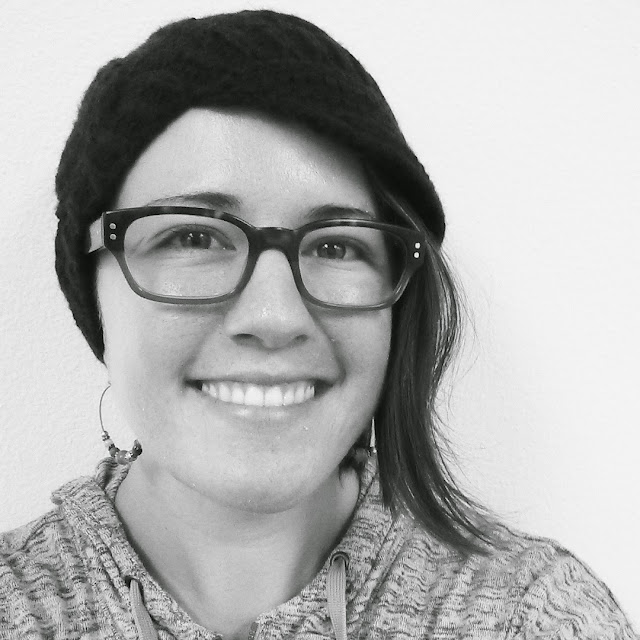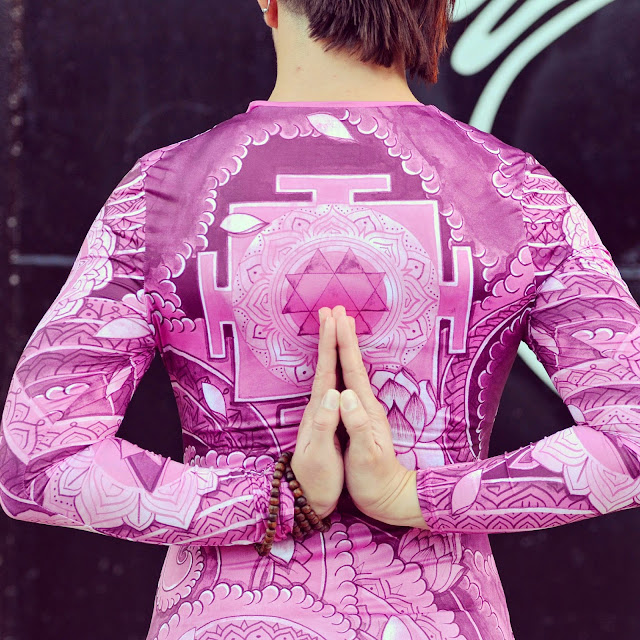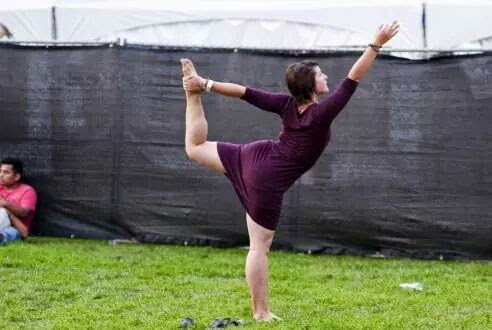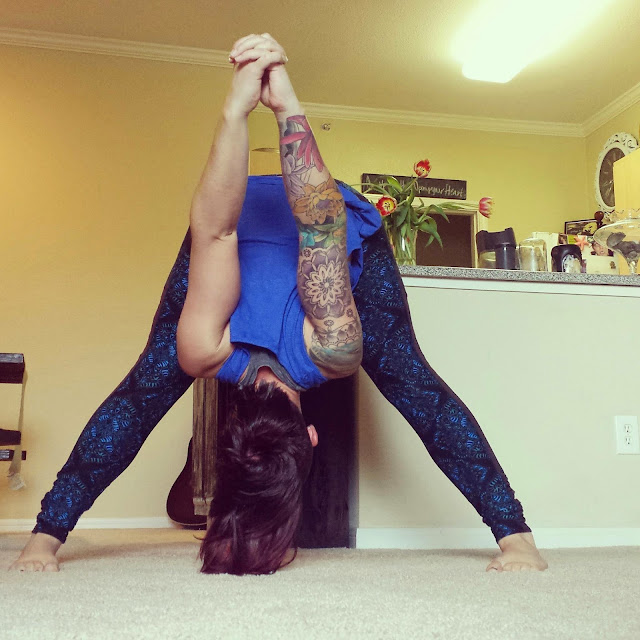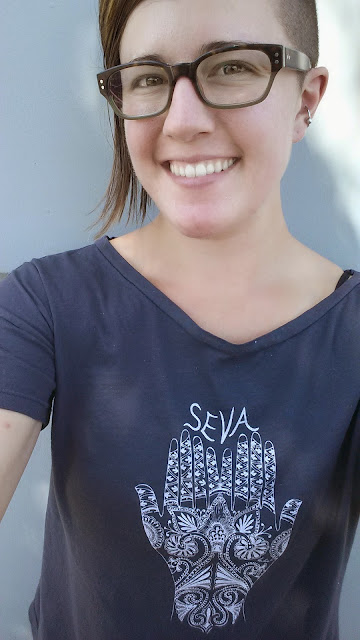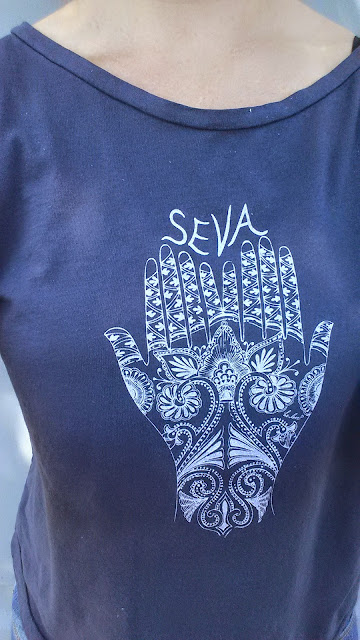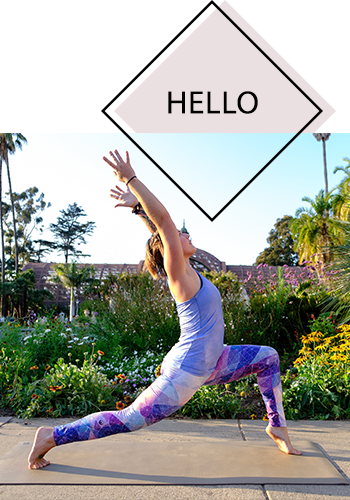How often do we truly connect with each other?
I'll be the first to admit it: I'm attached to my smartphone. I check it often, constantly swiping the screen to see what messages have arrived and what notifications have been updated. Constantly engaging in a variety of conversations and little moments of connection.
All digital interactions: texts, emails, Facebook posts, Instagram photos.
And all distractions from what I'm doing in the present moment.
Granted, digital technology does allow me some authentic connection. I have friends who live far away who I talk to throughout the day, and without my phone, these conversations wouldn't be possible.
I use social media to promote my blog, to advertise for my yoga studio, and to invite friends and friends of friends to come to my classes. I contribute positive encouragement to others using my phone. But a lot of the time, what's viewable online isn't really the whole picture of how I'm doing, or what's really going on.
And on days when I spend a lot of time glued to the screen, I find myself feeling frazzled, distracted, and pulled in a million directions. Often I feel really disconnected, both from myself and others.
He talks about how when you're using your phone, it can feel like standing in a crowded room full of people. Every time a message comes through, or there's a ping from an app, it's like someone is tapping you on the shoulder.
Tap. Tap. Tap, tap.
All these little taps... eventually, you can be left feeling pretty depleted.
He also asks a really powerful question: Where's the rest of my life?
Meaning, when you take away the screens, what's left?
It's heartbreaking in a way. Especially when you really stop and look around at other people who, instead of connecting with each other, are staring into a phone or computer, even when they're right next to each other! (These photos are a powerful look at that, don't you think? Plus it's just amazing how bad our posture becomes when we're slumped forward, staring at a phone!)
I do believe there is a happy middle ground, though, and that with balance we can enjoy technology and still have rich, meaningful relationships. The two are connected, but making an effort to separate them makes a huge difference -- to say, I'm going to sit with this real person and put my phone away. I'm going to show up.
My goal right now is to invite more awareness around my phone usage, and to cut back incrementally.
This week I moved two of my most-used apps off of the home screen... so now, instead of only needing one click to open Facebook or Instagram, I have to swipe over a few screens to a desktop that only has those two on it.
It at least makes the action one that's more conscious rather than automatic, and now there is a moment where I can ask myself, "Why am I checking this right now? What am I really looking to find?"
And also, "Is there a better way I could be spending my time right now?"
I'm also building times into my week when I'll step away from my phone altogether.
For a while now, Saturday afternoons have been phone free for me. I love that when I'm teaching yoga or taking class, my phone is on silent and I'm not checking it.
No distractions. Full awareness of the moment. Full awareness of my breath.
I'm encouraging my students, too. At the end of class, I'll say, "I invite you to take a break from your phone for the rest of your day, or at least for a few hours this evening. Let your practice really sink in, fully."
What about you? What do you think of our modern dilemma with the attachment to smartphones?
What steps do you take to disconnect from your screen, and reconnect with your Self?
I'd love to hear!
PS More on detaching from smartphones...
An 'intervention' app that temporarily turns your smart phone into a 'dumb' phone :) Genius!
An honest reflection from a woman who says her obsession with her phone is threatening her relationships.



